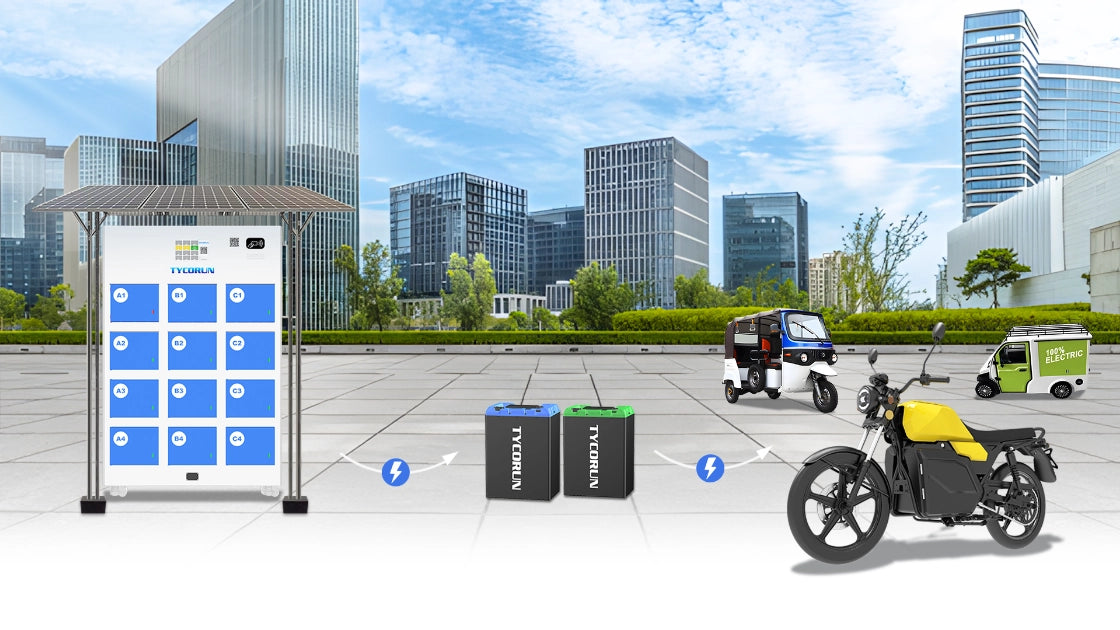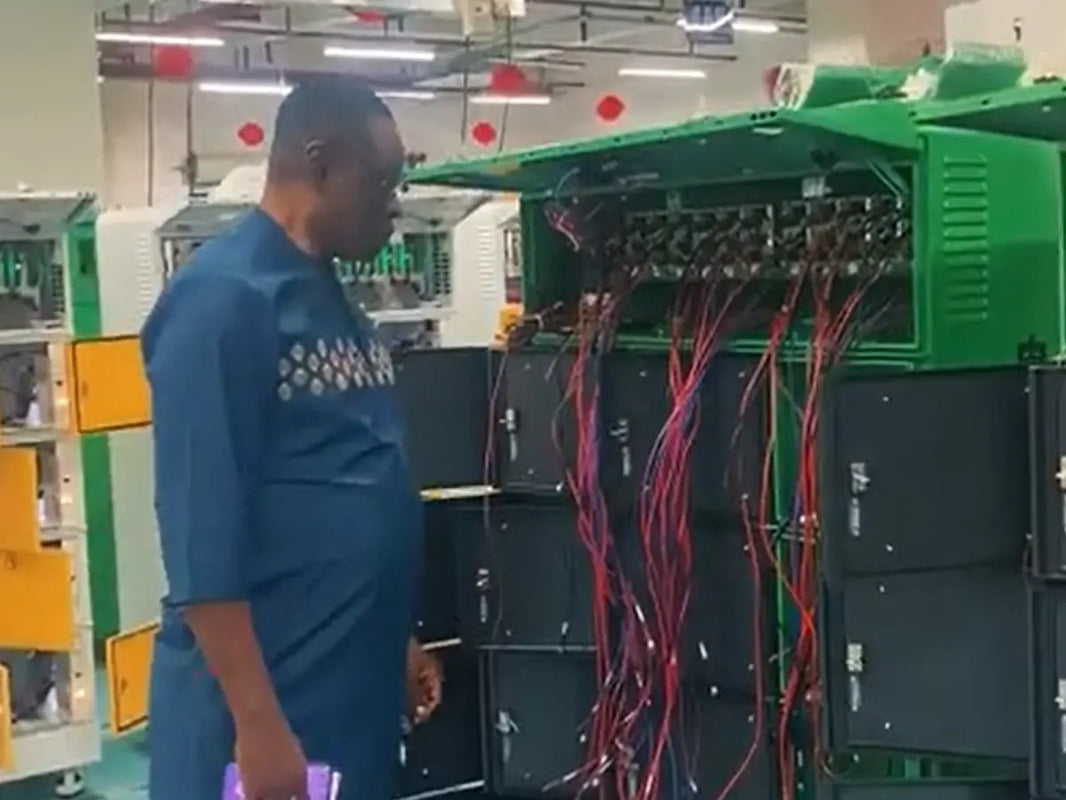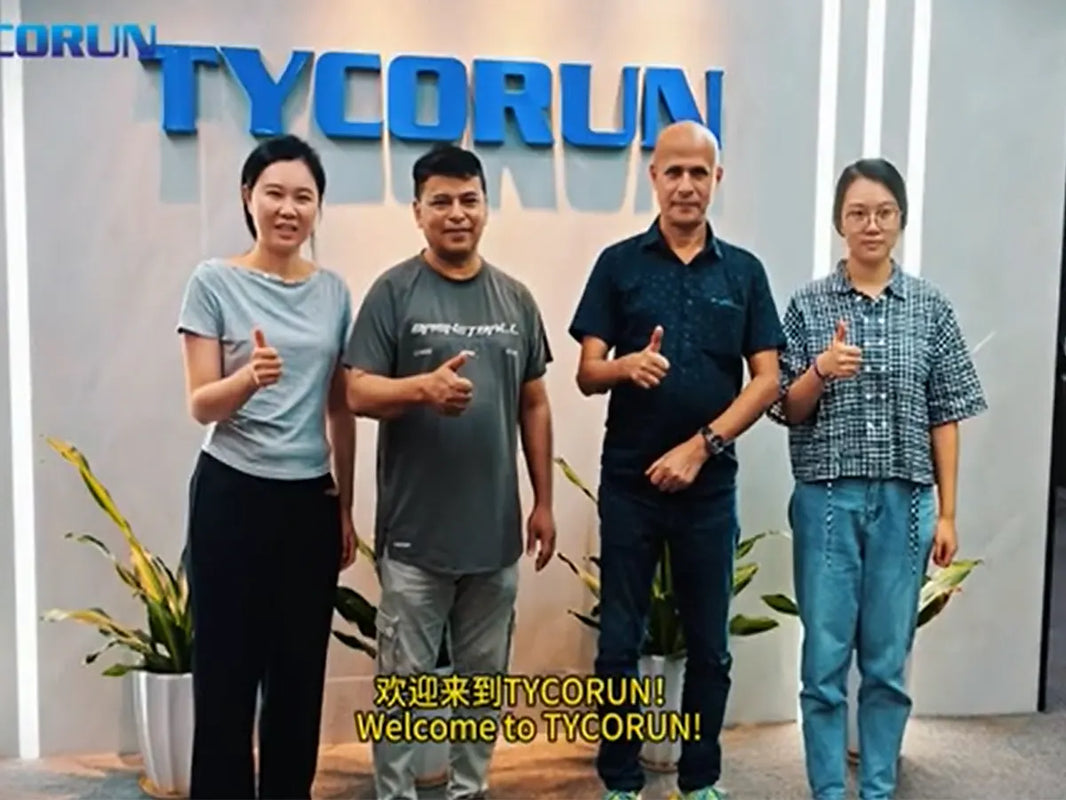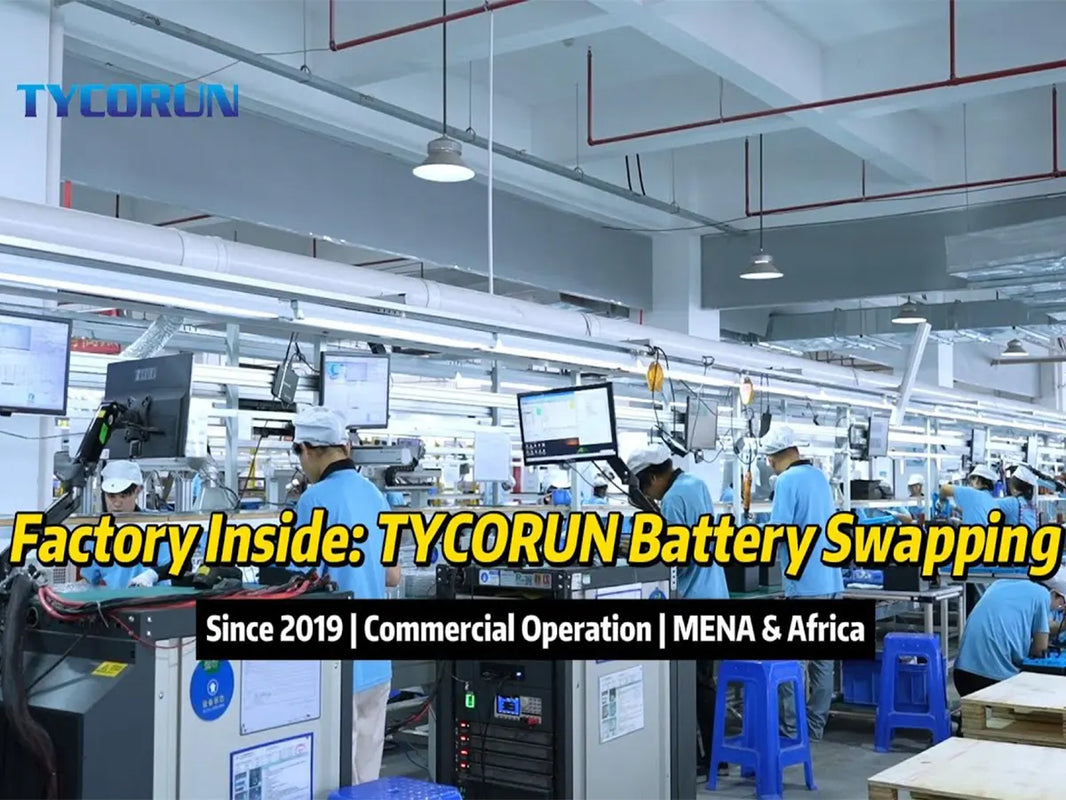
Main content:
Solar energy, as a clean and renewable resource, is gaining increasing importance in today's world. The solar power controller inverter, as a core component of solar power systems, significantly impacts the efficiency and lifespan of the entire system. This article explains their working principles and offering a guide to help you make informed purchasing decisions, enabling better utilization of solar energy resources.
What is a solar power controller inverter

A solar power controller inverter is a device that converts the direct current produced by solar panels into alternating current for use in residential and commercial applications. This device typically comprises two main components:
Solar controller: This component manages the charging process of the battery from the DC produced by the solar panels. It regulates the voltage and current to ensure that the battery is charged under optimal conditions, preventing overcharging or discharging, and thus extending the battery’s lifespan.
Inverter: Converts the DC from the battery into AC, making the power usable for standard household or industrial appliances. Most household appliances and electronic devices require AC to operate, while solar panels produce DC, so a photovoltaic inverter is needed for this conversion.
How does a solar power controller inverter work
Solar panels absorb sunlight and convert it into DC electricity, which is transmitted through cables to the solar power controller inverter. The solar controller monitors the battery's charge status and manages the current flow. For example, with an MPPT (Maximum Power Point Tracking) solar power controller inverter, it dynamically tracks the maximum power point of the solar panels, adjusting the voltage and current to maintain optimal power output. This adjustment ensures that the system operates at the maximum power point of the solar panels, optimizing the transfer of power to the load or battery.

The solar power controller inverter then receives the DC power from the solar controller and converts it into AC. This process usually involves using electronic switching devices to rapidly change the direction of the current, creating the AC waveform. The converted AC power can then be used directly for household or commercial applications, powering various AC devices and appliances.
Types of solar power controller inverter
PWM controller inverters:
PWM (Pulse Width Modulation) controllers regulate the charging process by adjusting the DC voltage from the solar panels to a level suitable for battery charging. They maintain the battery voltage close to the maximum power point. These controllers are cost-effective but have lower efficiency compared to MPPT controllers. They are typically used in budget-friendly systems.
MPPT controller inverters:
MPPT (Maximum Power Point Tracking) controllers dynamically adjust the operating voltage to ensure that the solar panels operate at their optimal power point, improving overall system efficiency. They can increase the solar panel's output, especially under varying light conditions, and are approximately 20% to 30% more efficient than traditional PWM controllers. MPPT controllers are suitable for larger, more complex solar systems where maximizing power output is crucial.

Pure sine wave controller inverters:
These inverters produce a pure sine wave output that closely matches the standard sine wave provided by the grid. This type of pure sine wave inverter is essential for sensitive electronic devices and equipment, ensuring smooth operation without electromagnetic interference or waveform distortion. Pure sine wave inverters are suitable for powering any type of appliance, including high-quality devices like medical equipment and audio systems.
Square wave controller inverters:
These inverters produce a square wave AC output, with current rapidly switching between two extreme values. This inverter waveform is less regular and may not be suitable for sensitive devices. Square wave inverters are generally used for simple devices like light bulbs and fans, but they might cause noise or unstable operation in electronic devices and computers.
Application scenarios for solar power controller inverter
Residential solar power systems:
As environmental awareness increases, more households are adopting renewable energy sources like solar power to support sustainable development. Solar power systems provide clean, renewable energy, reducing reliance on traditional energy sources and lowering energy costs. In some regions, excess power can be fed back into the grid, earning credits or income, further reducing electricity bills.

Commercial solar power systems:
For commercial buildings, solar power systems can directly supply the building’s daily electricity needs, reducing reliance on grid power and cutting electricity costs. Modern solar systems have long lifespans, typically 20-25 years, with low maintenance requirements. Installing solar power systems can meet commercial energy needs, lower operational costs, and improve economic benefits.
How to choose a solar power controller inverter
Battery voltage: Choose a controller that matches the voltage of your battery system, such as 12V, 24V, or 48V. The amperage rating can range from 1 to 60A. For example, if you use a 24V battery system, select a 24V controller.
Environmental factors: Consider environmental factors and potentially add 25% extra capacity to handle increased current due to environmental changes.

PWM vs. MPPT controllers: PWM controllers are suitable for smaller systems, while MPPT controllers improve efficiency and reduce power loss, especially in larger systems or areas with varying light conditions.
Battery compatibility: Ensure the controller is compatible with your battery type, including lead-acid, gel, sealed, or lithium-ion batteries. Lead-acid batteries require specific charging characteristics, while lithium batteries need precise charging voltages and currents with built-in Battery Management Systems (BMS).
How to maintain a solar power controller inverter
Installation location: Install the solar power controller inverter in a well-ventilated, dust-free environment, away from direct sunlight or crowded spaces, to prevent overheating and dust accumulation.
Regular checks: Inspect the solar power controller inverter’s cooling fan and ventilation openings for dust blockage and clean as needed. Replace faulty inverter fan to prevent overheating and potential inverter failure.

Electrical connections: Regularly check for loose or corroded electrical connections, ensuring they are secure to avoid high resistance points and potential arcing, which can cause overheating or electrical fires.
Physical and environmental inspection: Look for signs of corrosion, water damage, or pests, and check for physical damage after extreme weather events.
Conclusion
Choosing the right solar power controller inverter enhances the efficiency of your solar power system and reduces long-term operational costs. Regular maintenance and inspections are key to ensuring the stable operation of your equipment. As technology advances and costs decrease, solar power systems are becoming more accessible and are an important choice for energy conservation and sustainable development. Let us embrace solar energy together and contribute to building a greener planet.
The following provides you the best inverters recommended
|
|
500w
|
1000w |
2000w
|
3000w
|
|
Product image
|
||||
|
Price & Discount
|
$59.90(-14%)
|
$89.99(-36%)
|
$179.90(-28%)
|
$199.99(-33%)
|
|
Rated Input Voltage
|
12VDC
|
12VDC
|
12VDC
|
12VDC |
|
Continuous Power
|
500w
|
1000w
|
2000w
|
3000w |
|
Peak Power
|
1000w |
2000w |
4000w |
6000w |
|
More information |
Click to get the details |
Click to get the details |
Click to get the details |
Click to get the details |
Tycorun inverters guarantee reliable pure sine wave output with a lower price than other competitors, please check 12v power inverter 3000w, inverter 2000w pure sine wave, 1000 w inverter price, 500w pure sine wave inverter
Related articles: inverter price, inverter peak power, inverter lifespan





















